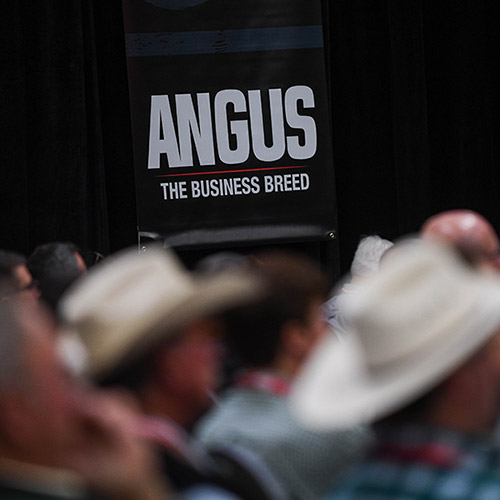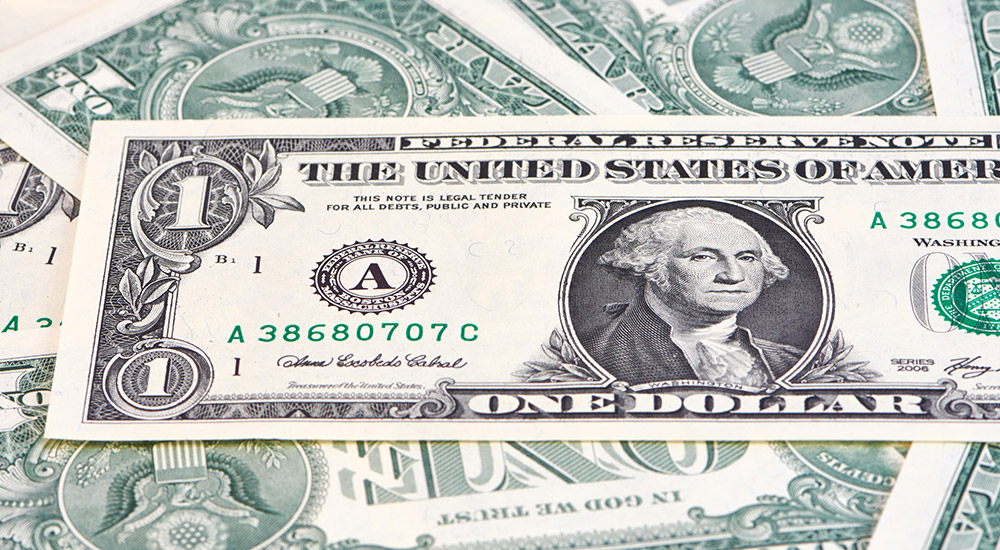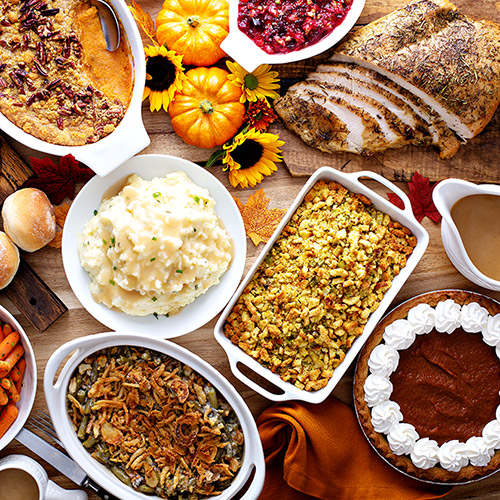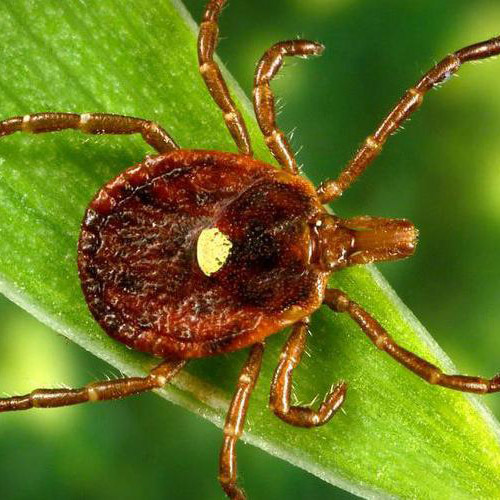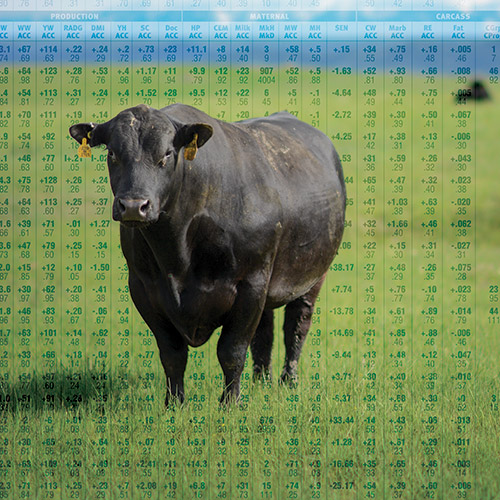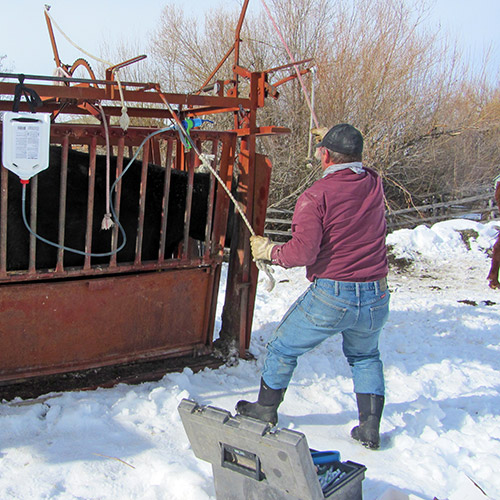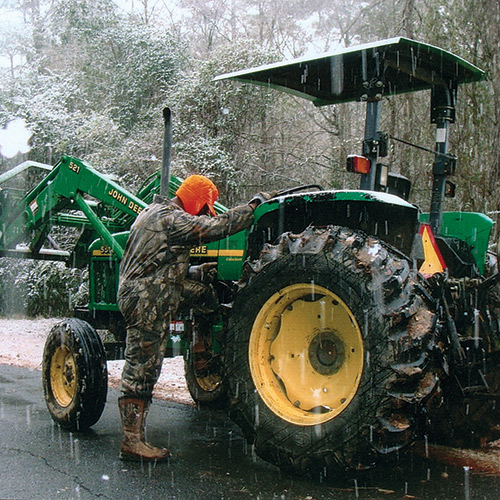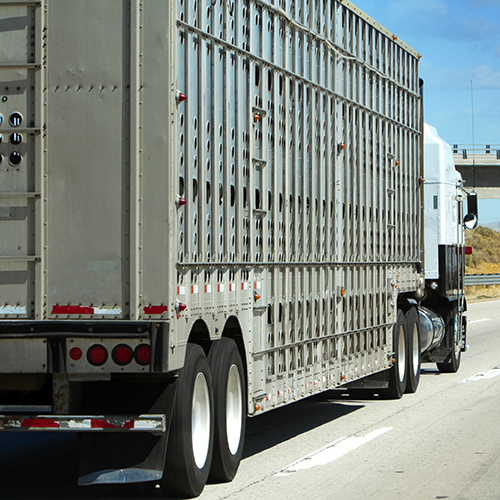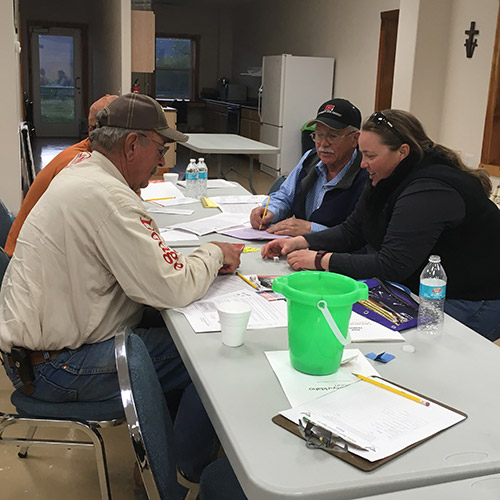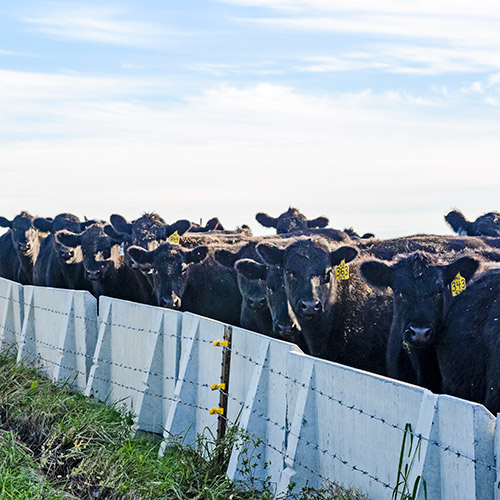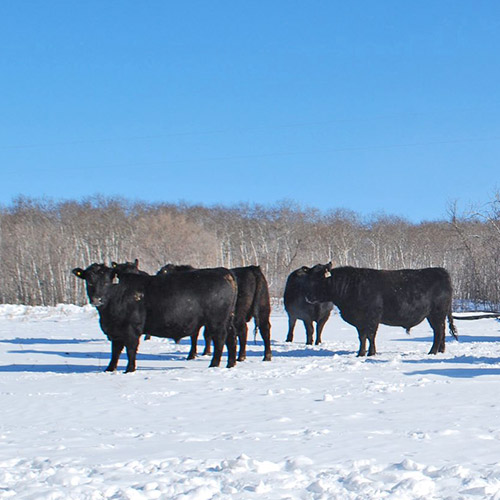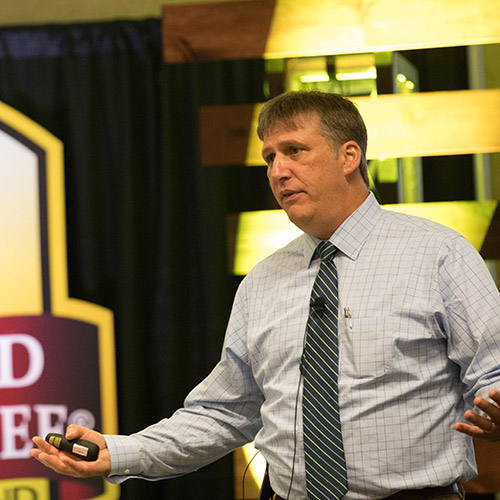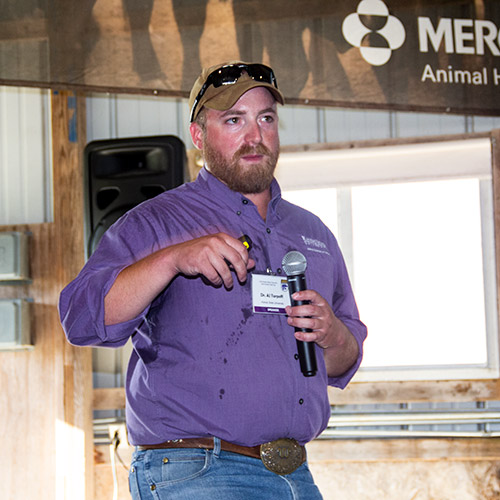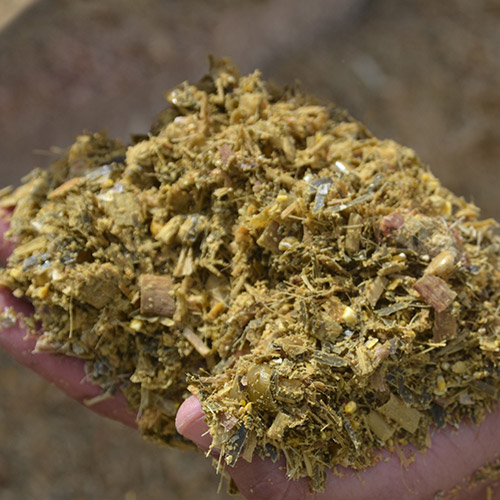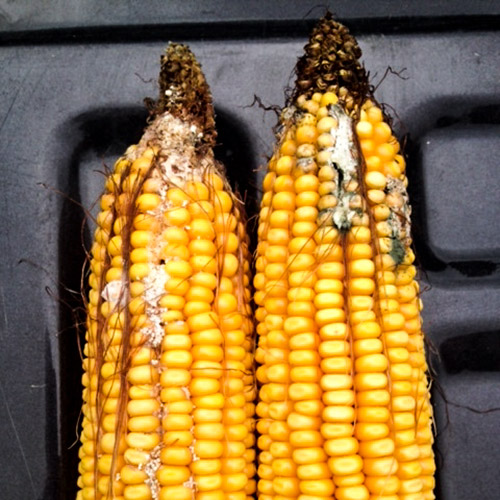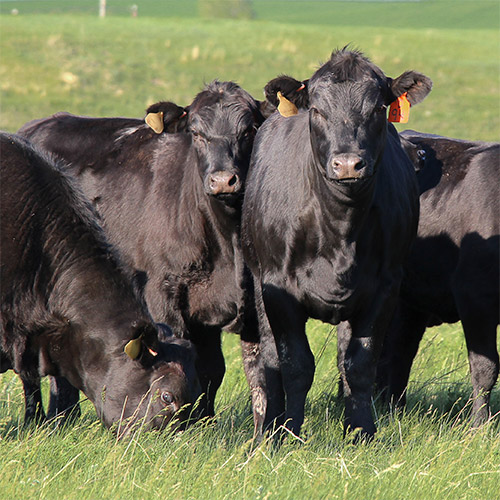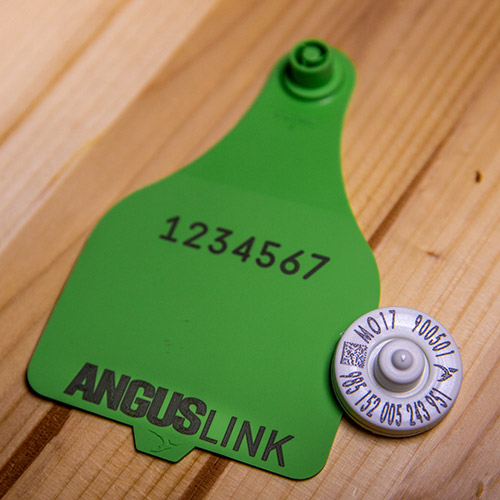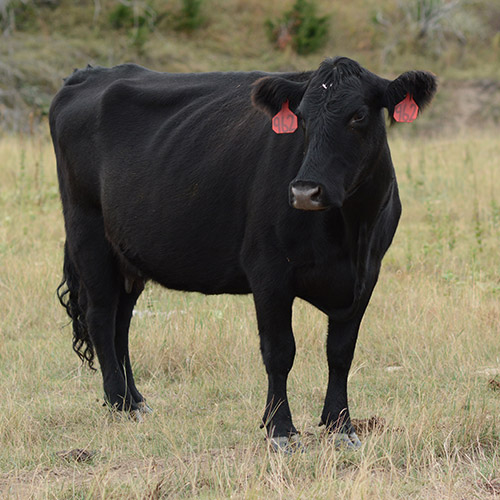More Cows, Fewer Dollars
Cull-cow decisions are tough given the poor swap for purchasing replacements instead of raising them.
Continuing the seasonality theme, let’s take a look at the cull-cow and bred-cow markets as of late. Much discussion has been had about the fed-cattle packing capacity being utilized beyond the limits of a 40-hour work week and the leverage this gives to packers regarding price.
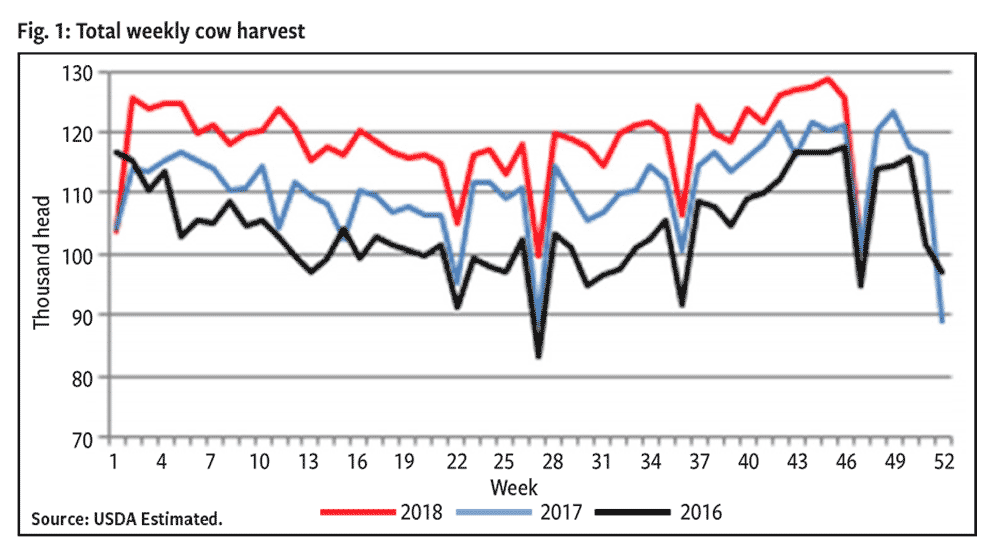
The same phenomenon holds sway within the nation’s cow harvest facilities. Herd expansion has increased total beef cow numbers, while continued drought and drier-than-normal conditions in the West sent more cows to town this fall, on top of summer liquidation in Missouri and eastern Kansas.
All told, the beef cow harvest is up 9% year to date, while the dairy cow harvest has only increased 5% this year, despite the dairy sector’s reeling in red ink due to larger milk and cheese supplies while prices for the same remain depressed.
The cull cow harvest is up 7% so far, and it’s weighing heavy on the bottom line for both beef and dairy producers as utility cows recently dipped to $51 per hundredweight (cwt.). Cull-cow prices tend to be at their annual lows in December, but 2018 has brought on an especially painful winter low.
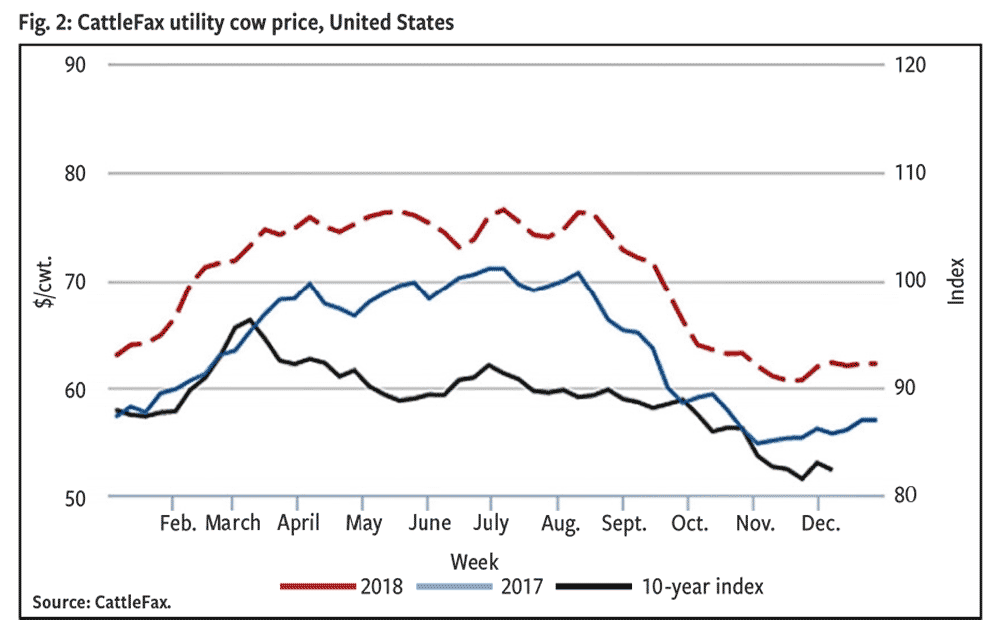
Even so, replacement female sales in some of the better markets where feed resources are adequate show high-quality first-calf heifers priced above $1,800 and young stock-cow prices are robust as well. Hard decisions were being made late fall in terms of how deep to cull cows, given the poor swap for those purchasing replacements instead of raising them.
Editor’s note: Paul Dykstra is a beef cattle specialist with CAB. Read more of Dykstra’s biweekly comments in the CAB Insider at https://www.cabcattle.com/wp-content/uploads/CAB_Insider-12-12-18-002.pdf.
